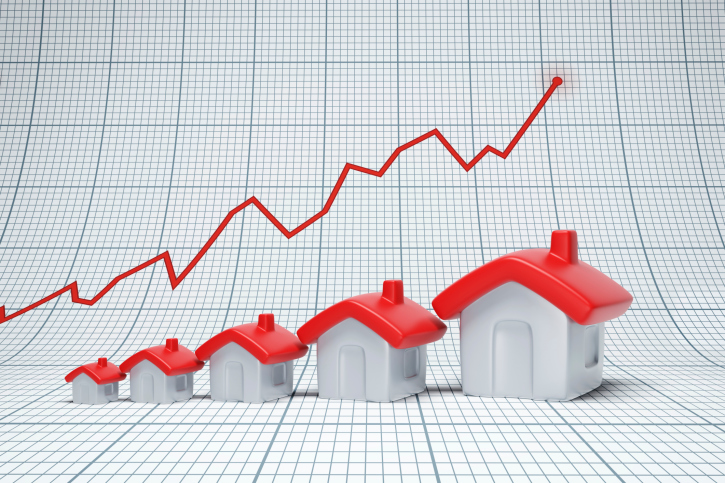China’s property markets: bubble fears are overblown, for now
Published in EIC Outlook Q1/2017 Click here for more detail
The continuing surge of residential unit prices in China has raised fears of price bubbles. From January 2015 through October 2016, Chinese housing prices climbed by 15%, mirroring the 17% growth rate of U.S. house prices in the 22 months leading up to the 2007 financial crisis.1 The U.S. residential property bubble was driven by speculative buying as well as a flood of subprime lending enabled by mortgage-backed securities. Although China’s credit market might not be as sophisticated as that of the U.S., and there is more real demand for housing, a major cause for concern is the concentration of inflated house prices in tier-1 cities such as Shanghai (up 60%), Beijing (up 46%), Tianjin (up 46%), and Guangdong (up 29%). These cities have limited space, and per-square meter prices were already high before the surge. On the other hand, other cities face the opposite problem with high number of unsold units and decelerating (or negative in some cities) price growth. This divergence in conditions makes it especially difficult for the central government to undertake corrective measures.
Low borrowing costs have driven speculative buying in the housing market, pushing prices up fast. The market has also been buoyed by government support measures. Yet real demand for housing has not caught up with prices. Low interest rates throughout the world and China’s own policy rate cuts have slashed home loan interest ratesin China from 7% in mid-2014 to 4.5% today. House sales were further stimulated by the overnment’s decision to ease mortgage down payment requirements in a bid to support the economy, since investments in real estate and related activities account for 25% of fixed-asset investment in China.2 Real demand for housing, however, is cooler than red-hot prices would seem to indicate. Since 2009, when Chinese house prices were almost 50% lower than today, most demand indicators have been flat or falling. The China’s property markets: bubble fears are overblown, for now 21 population is expanding at a stable rate of 0.4-0.5%. There has been little change in the 60% share of the population that is of working age, the segment that drives housing sales. The average household size edged up to 3.1 persons in 2015, pointing toward reduced demand. All told, the lack of such real demand factors indicates that the current market climb is driven by speculation.
1 From September 2004 through June 2006
2 Data from end of 2014, National Bureau of Statistics of China
